There are stellar-mass & supermassive black holes. But very little evidence of anything in between. Where are all the intermediate-mass black holes?
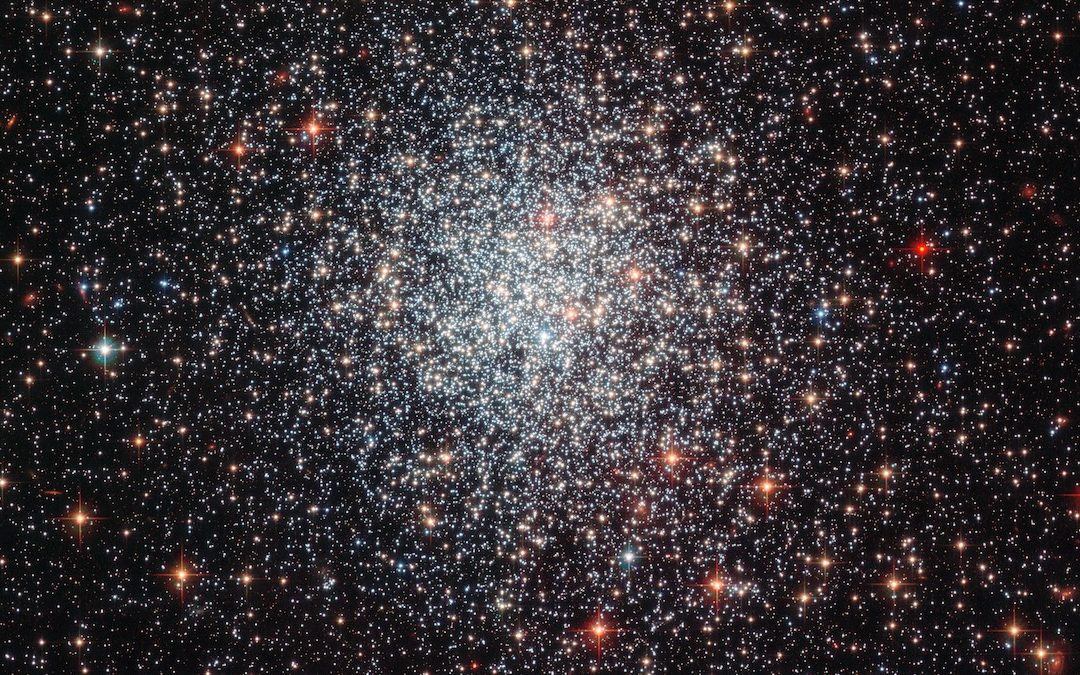

There are stellar-mass & supermassive black holes. But very little evidence of anything in between. Where are all the intermediate-mass black holes?
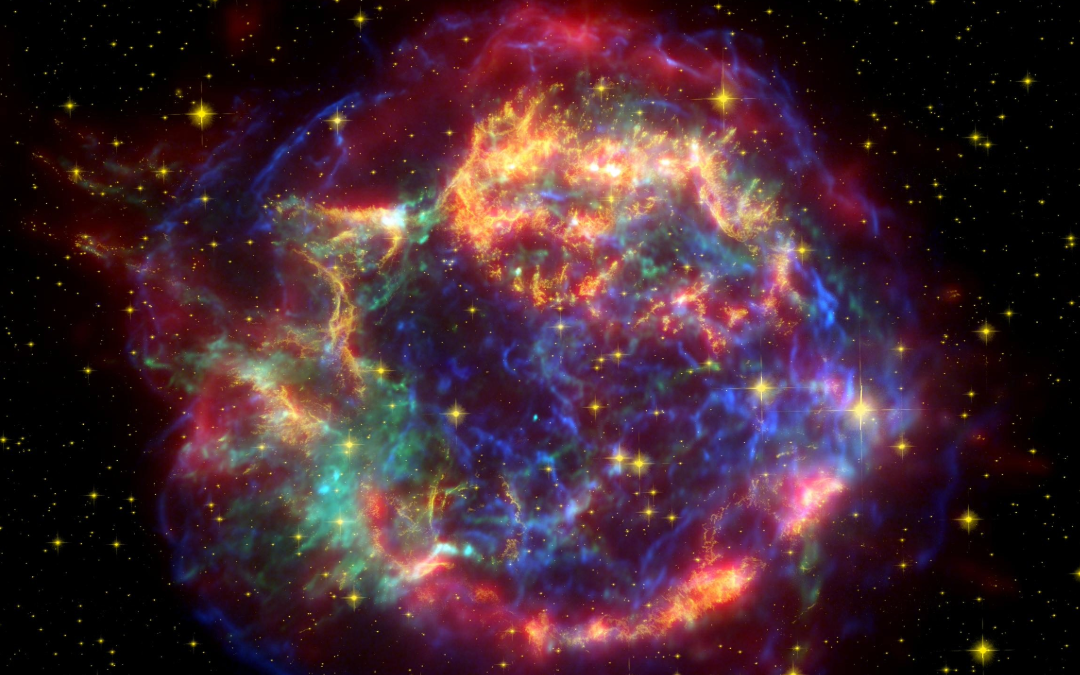
If we can accurately detect neutrinos being emitted during supernova, we might be able to get on target before the light show even starts.
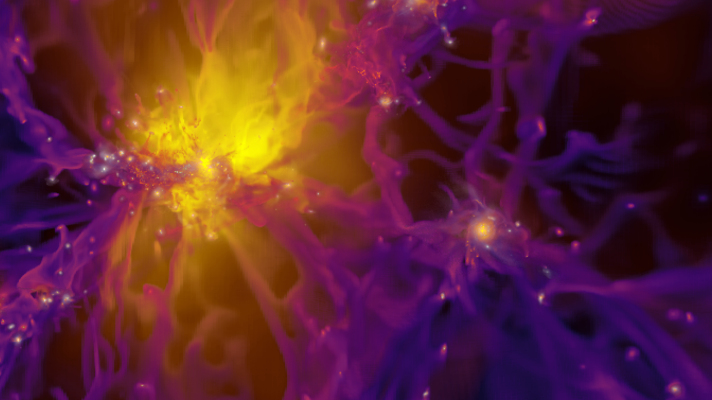
After the cosmic microwave background radiation was released, the Universe returned to darkness, cloaked in this clouds of primordial hydrogen and helium. Gravity pulled these vast clouds into the first stars, and then the first galaxies. This is Cosmic Dawn, and JWST will help us probe this mysterious time.
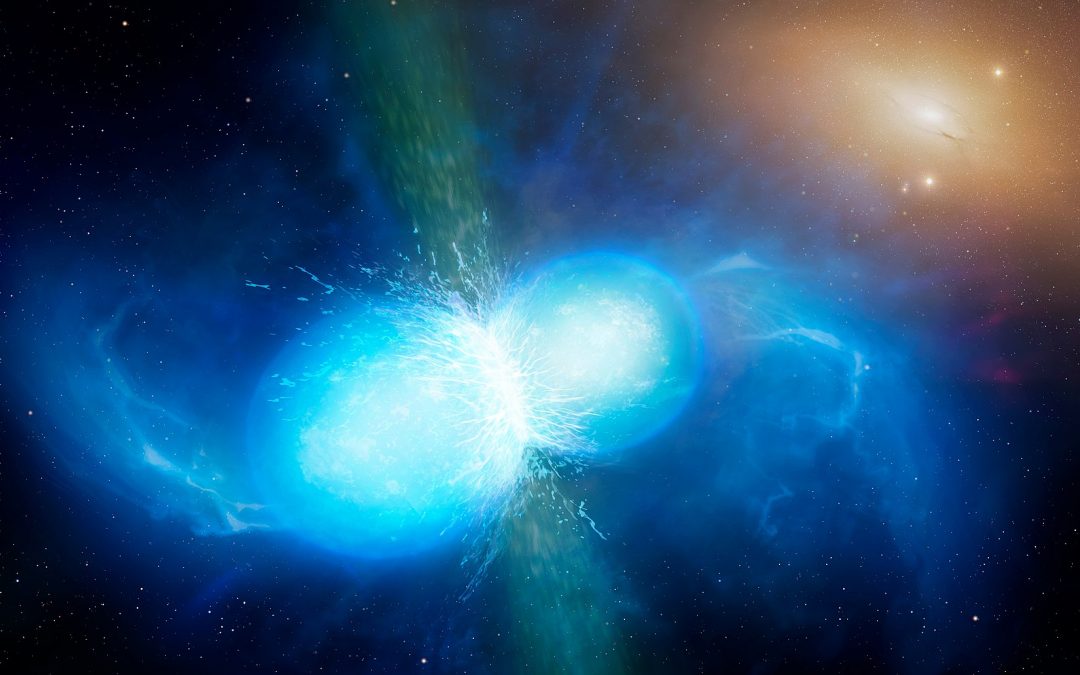
In 2017, astronomers detected the gravitational waves and electromagnetic radiation from colliding neutron stars. This had been long theorized as one of the causes of a certain type of gamma-ray burst. By studying the event and its afterglow, astronomers have learned a tremendous amount about the formation of the heaviest elements in the Universe.
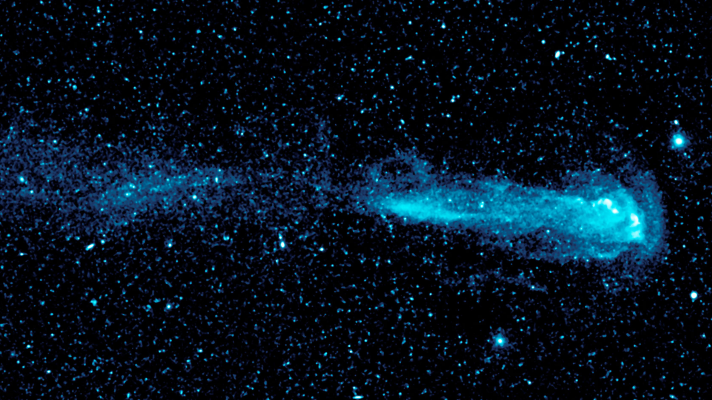
Most stars in the Milky Way are trapped in here with us, doomed to orbit around and around and around. But a few have found a way out, an escape into the freedom of intergalactic space. How do stars reach escape velocity, never to return?
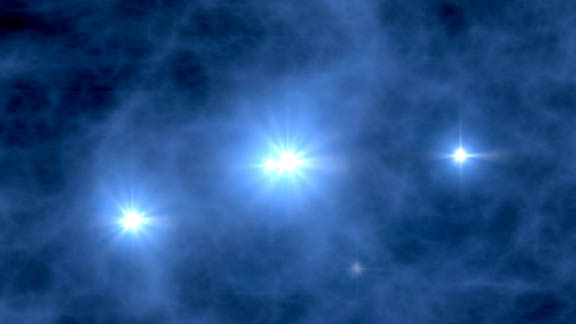
The Sun is a third generation star, polluted with the metals from long dead stars. Astronomers have also discovered second generation stars, with very low metallicity. But theories suggest there must be a first generation, with stars made from only pure hydrogen and helium. Can we ever find them?
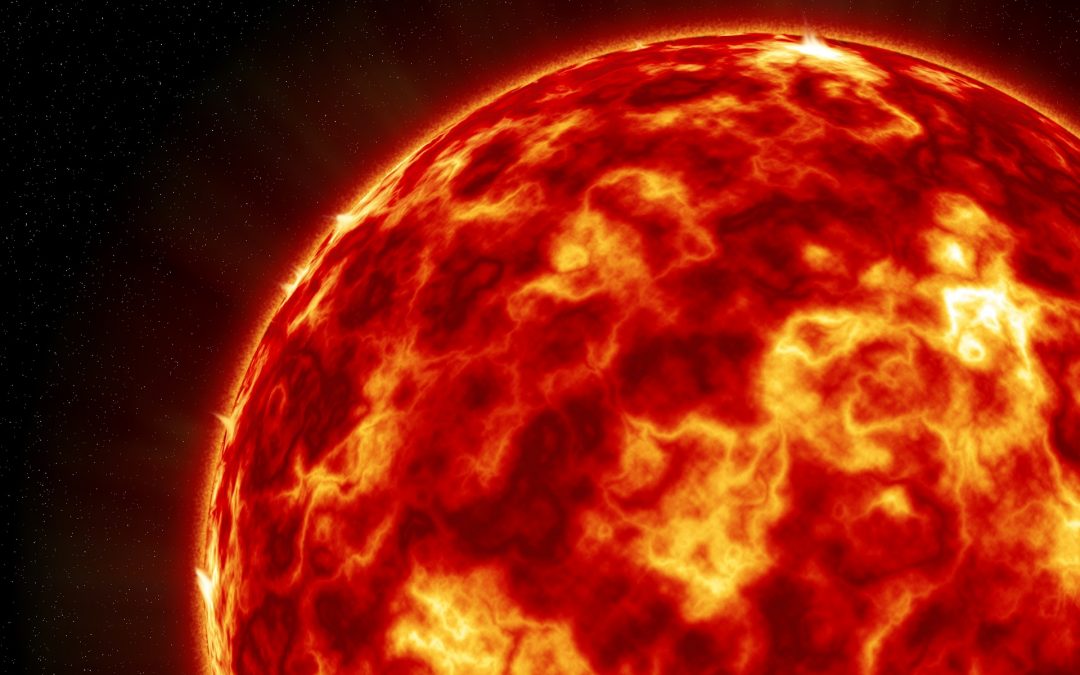
We’ve always assumed that we lived in a perfectly normal system with a normal star and normal planets. It’s all… normal. But with our modern understanding of billions of stars, just how normal is our Sun, anyway?
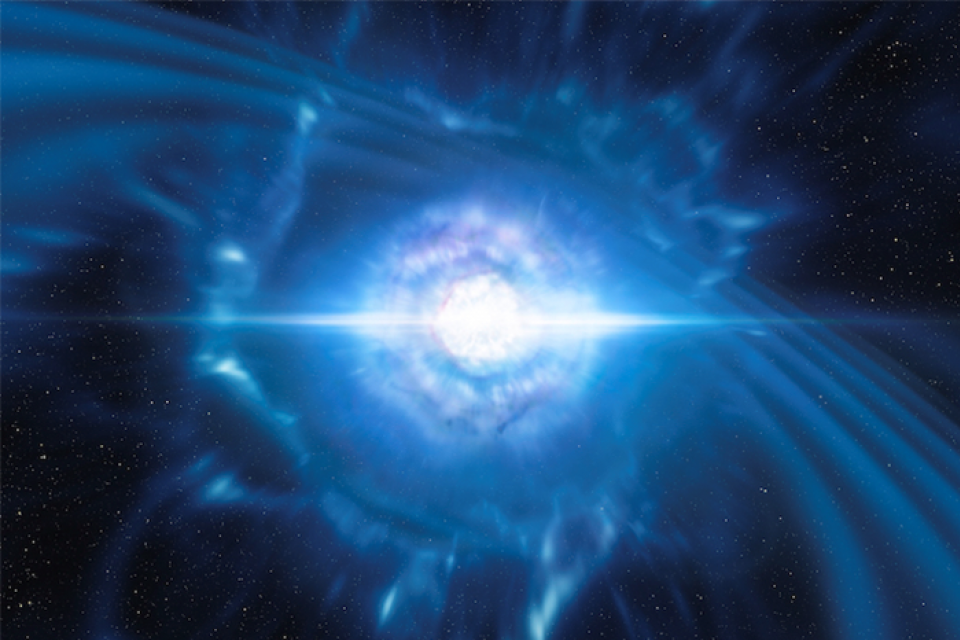
Don’t ever accuse us of not comprehensively covering every kind of exploding star. This week we gather up all the leftover ways that stars partially or fully explode, or don’t. Probably. Enjoy.
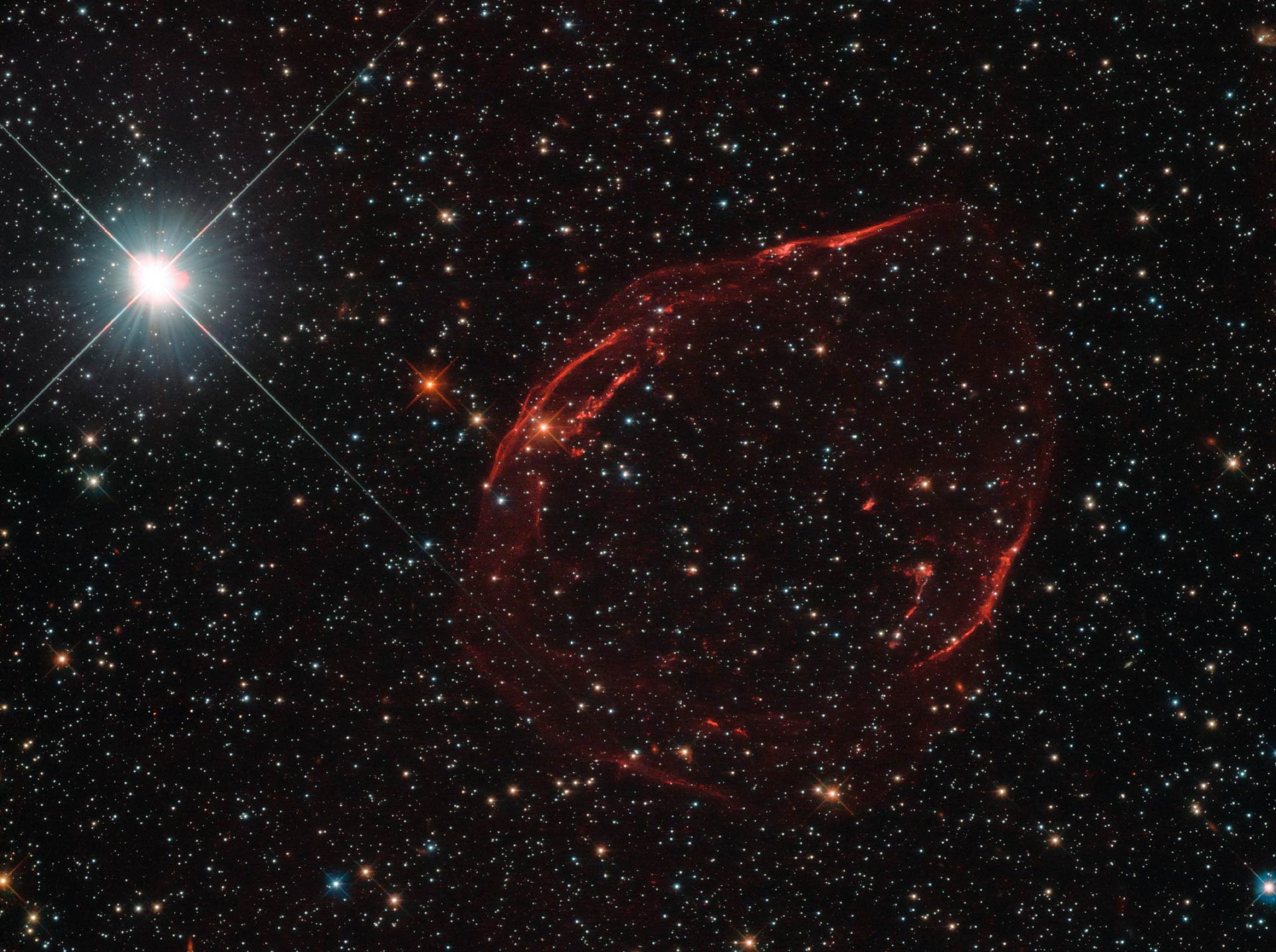
You’d think that a white dwarf star is the end of a stellar life. It’s all downhill from there. A long, slow cool down towards the end of everything. But in some situations, even dead stars can get exciting again, briefly becoming some of the brightest objects in the Universe. And just maybe, the last exciting thing that ever happens in the Universe.
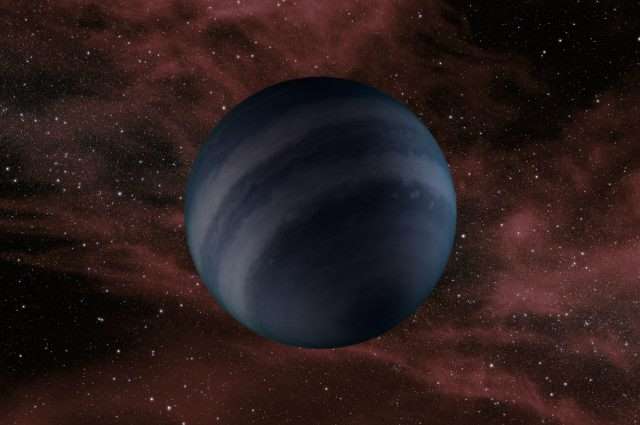
I’ve got some bad news for you: stars die. At some point in the next few billion years or so, our Sun is going to start heating up, using up all the fuel in its core, and then eventually die, becoming a white dwarf. It will then slowly cool down to the background temperature of the universe, becoming a black dwarf.
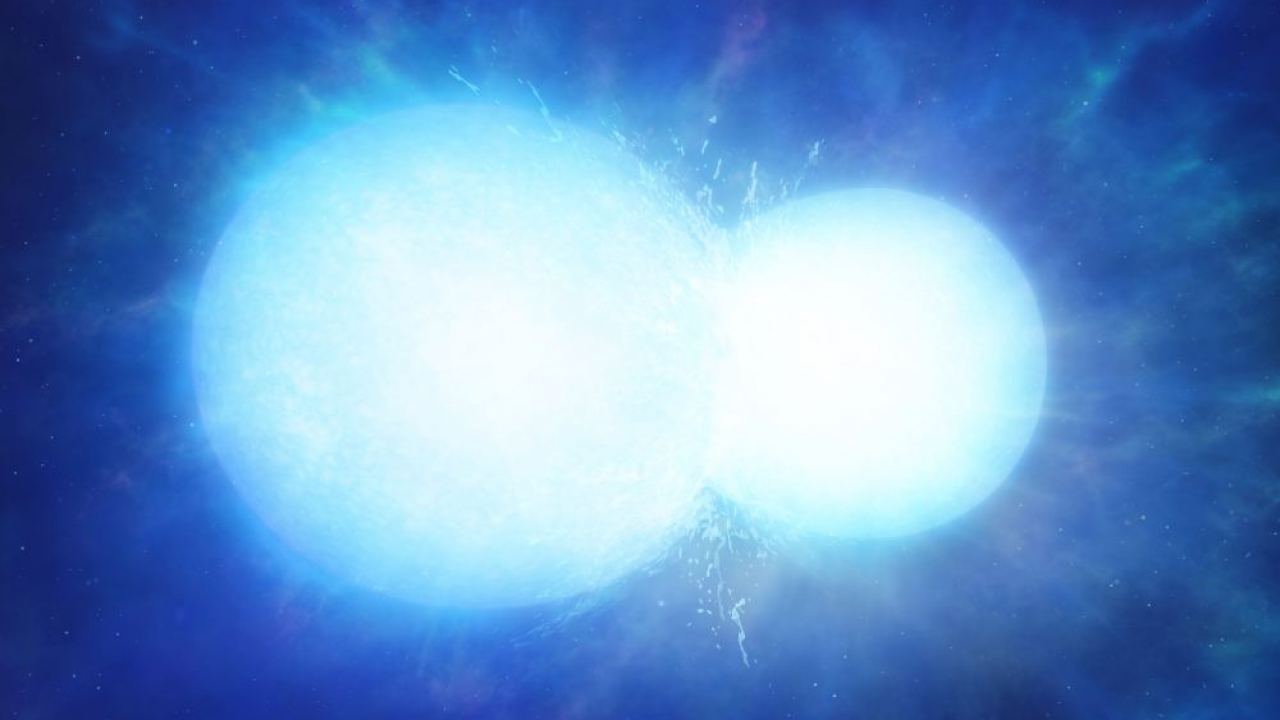
https://www.youtube.com/watch?v=vUiGEfdJsK4 White dwarfs are usually about 60% the mass of the Sun, so it was a bit of a surprise when astronomers found one that was almost exactly twice that. What happens when white dwarfs merge? Download MP3| Download Raw Show with...
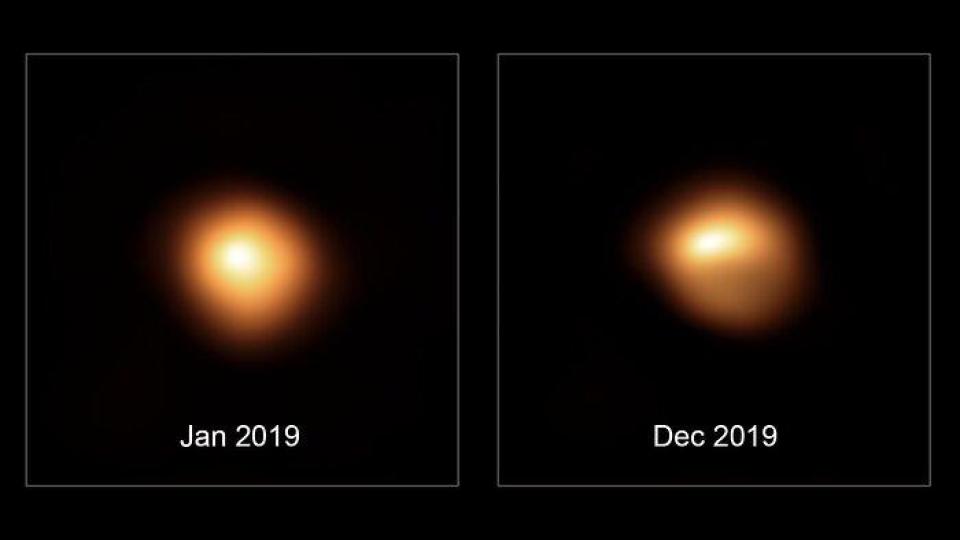
You might be surprised to hear that we’ve never done an episode of Astronomy Cast featuring Betelgeuse. Well, good news, this is that episode. Let’s talk about the star, why it might be dimming, and what could happen if it explodes as a supernova.
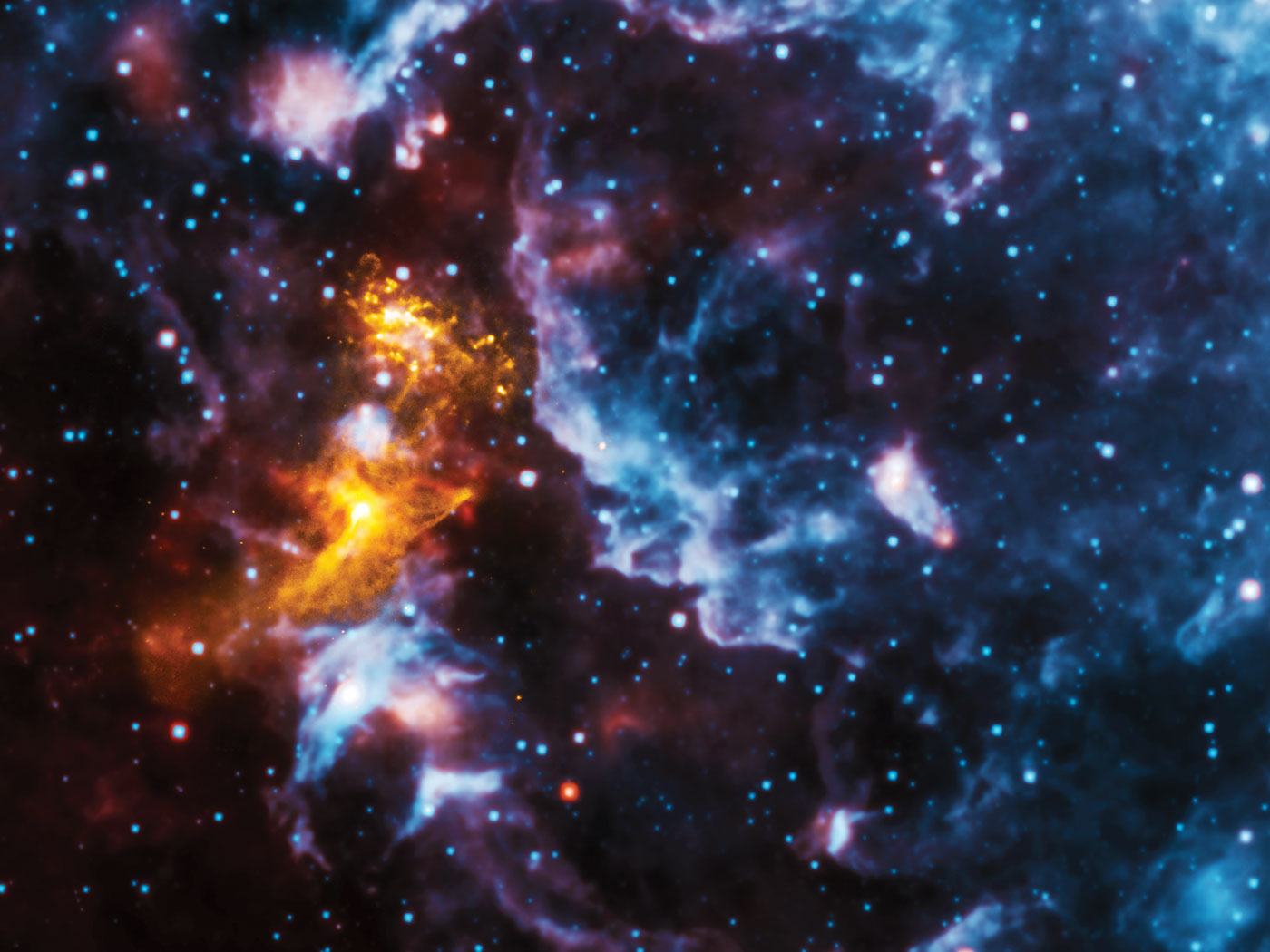
Last week we gave you an update on the formation of elements from the Big Bang and in main sequence stars like the Sun. This week, we wrap up with a bang, talking about the death of the most massive stars and how they seed the Universe with heavier elements.
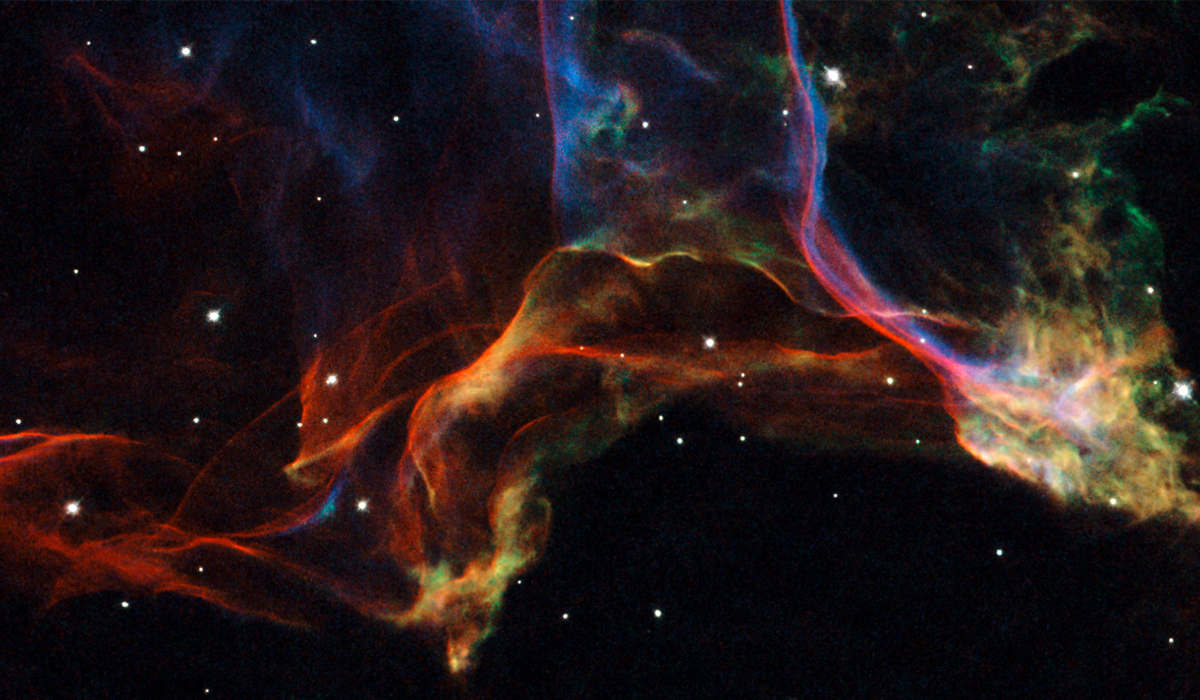
The Universe started out with hydrogen and helium and a few other elements, but all around us, there are other, more proton-rich elements. We believe these heavier elements formed in stars, but which stars? And at what points in their lives? Today we’ll update our knowledge with the latest science.
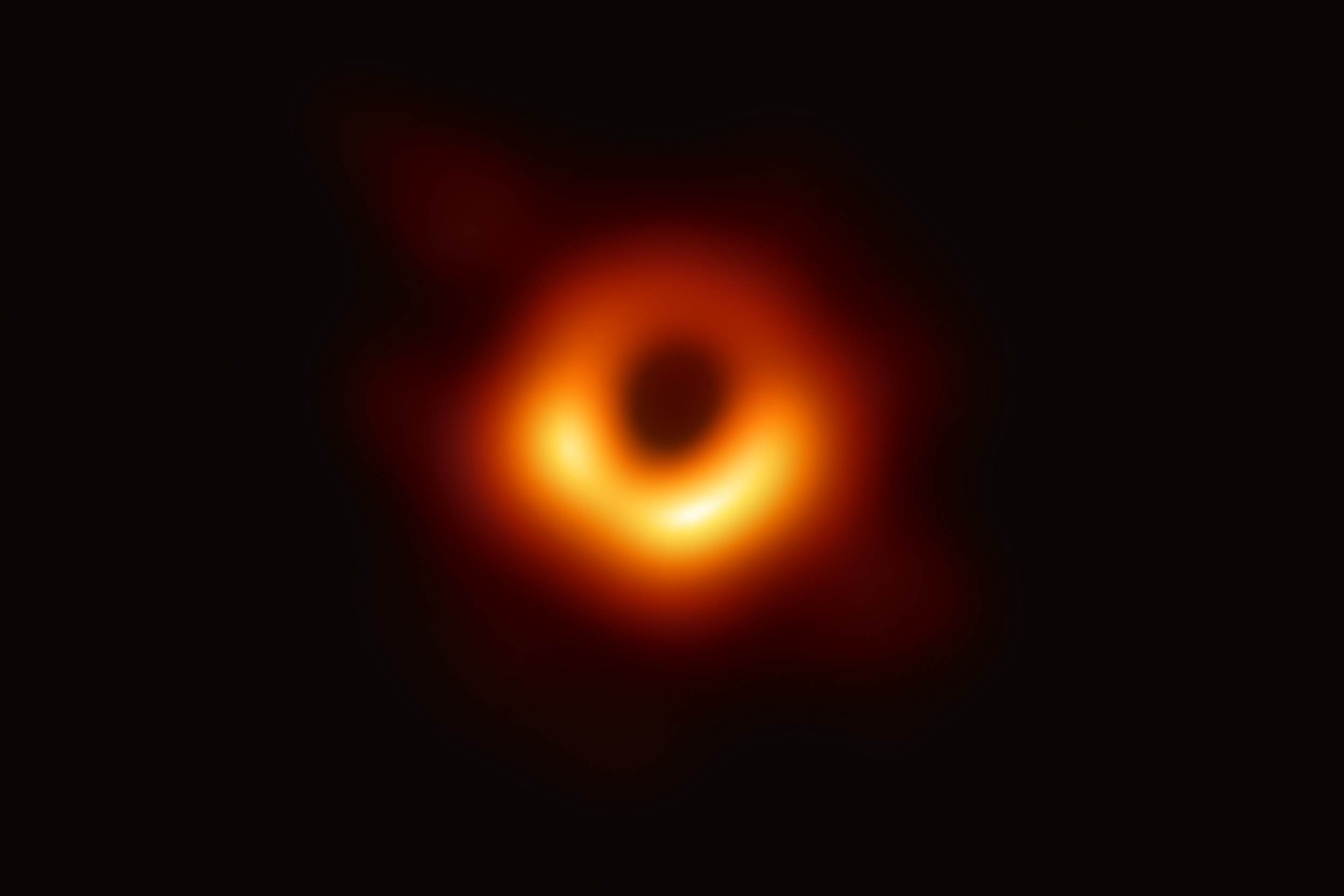
Today, of course, we’re going to talk about the announcement from the Event Horizon Telescope and the first photograph of a black hole’s event horizon.
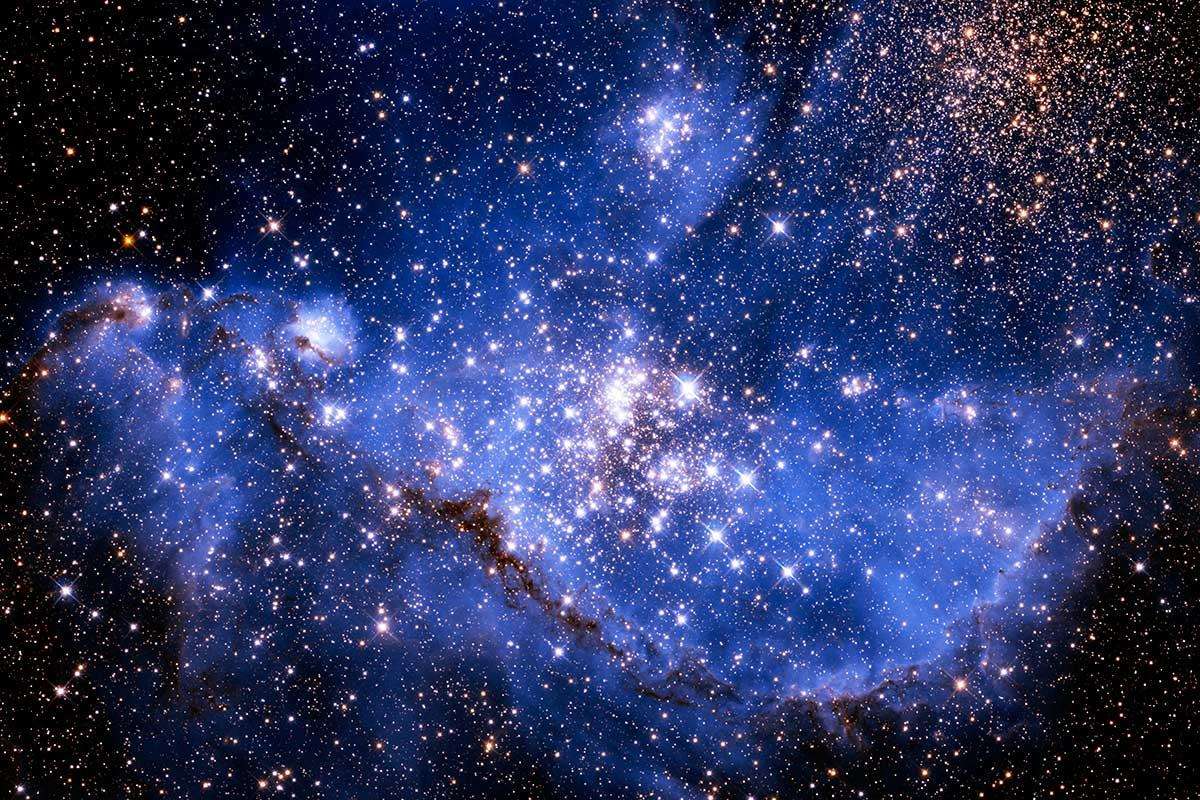
We learned how to figure out the ages of objects in the Solar System, now we push out into the deeper Universe. What about stars, galaxies, and even the Universe itself? How old is it?
Another update show, this time on the various generations of stars, let’s get into it.
When too much material tries to come together, everything starts to spin and flatten out. You get an accretion disc. Astronomers find them around newly forming stars, supermassive black holes and many other places in the Universe. Today we’ll talk about what it takes to get an accretion disc, and how they help us understand the objects inside.
If you get enough hydrogen together in one place, gravity pulls it together to the point that the temperature and pressures are enough for fusion to occur. This is a star. But what happens when you don’t have quite enough hydrogen? Then you get a failed star, like a gas giant planet or a brown dwarf.
Last week we looked at the complete life of the Sun, birth to death. But stars can be smaller, and stars can get much much larger. And with a change in mass, their lives change too. Let’s start the clock again, and see what happens to the smallest stars in the Universe; and what happens to the largest.
After the big bang, all we had was hydrogen, a little bit of helium, and a few other trace elements. Today, we’ve a whole periodic table of elements to enjoy, from oxygen we breathe to the aluminium cans we drink from to the uranium that powers some people’s homes. How did we get from plain old hydrogen to our current diversity? It came from stars, in fact successive generations of stars.
We’ve discussed star formation in the past, but now we wanted to talk about the different kinds of stellar nurseries we see across the Universe. We know where our Sun came from because we can look out and see different stellar neighborhoods at every stage of development. It takes a village of gas and dust to raise a star.
Gamma ray bursts are the most powerful explosions in the Universe, releasing more energy in a few seconds than our Sun will put out in its lifetime. It’s only been in the last few years that astronomers are finally starting to unravel the cataclysmic events that cause these energetic explosions.
Our Sun has been around for billions of years, and will last for billions more. We’re lucky, it’s pretty stable and regular as stars go, only changing in brightness a little now and then. But there are stars out there that change dramatically; astronomers call them variable stars, and they demonstrate just how bizarre and dangerous the Universe can be.
No more suspense. This week we blow the biggest stars up. Kaboom. Want more details? Then you’ve got to listen.